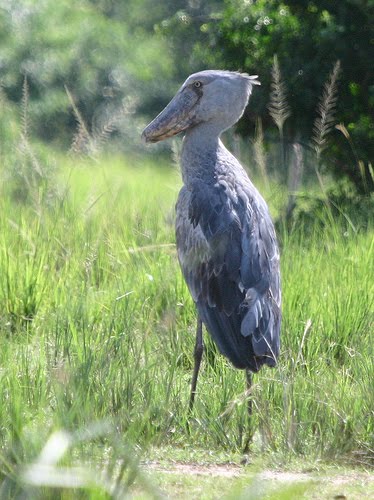The
Cape buffalo, also known as the African buffalo is notably one of the African “big five mammals”.
It is a very dangerous animal, reported to cause approximately 200 deaths per
year, far more than any other African mammal. It is a large and influential animal
that does not surrender even if wounded by hunters.
The horns of the Cape buffalo give a
clear indication of their age and sex. The females and young males do not have
the hard defensive horns that protects the base of the skull in large adult
males
Cape buffaloes are very communal and live in large
and enormous mixed herds of up to 2000 members! Both sexes have a separate
hierarchy, with males ruling over females. Members of the same subgroup usually
live together in an exclusive composition with each other and will often sleep
with their heads resting on one another
The African buffalo which is often
confused with the Asian water buffalo, shares many of the same behaviors but
they clearly belong to separate genre and classification.
Cape buffalo have the status of being so
dangerous when they are cornered or wounded. There are many tales told by big
game hunters earlier this century of injured buffalo turning back and killing
the man with a handgun.
The Cape buffalo is a relatively large
dark brown to black hooted mammal with dropping edged ears and enormous curved horns.
FACTS
ABOUT THE AFRICAN CAPE BUFFALO:
About 10-17m (3.3 - 5.6ft) tall at
shoulder 2, 1-3.4m (17-11ft) in length. Females are smaller than the male
counterparts.
An African cape buffalo weighs nearly
425-900 kg (935-2000 lb) and it is herbivore – and a grazer that eats tall,
coarse grass.
Their gestation
period lasts about 11.5 months; habitually a single calf is born at a time.
Sexual maturity is between 3.5-5 years. Its life span is 15-25 years.
African
buffalo is usually found in savannas and grasslands next to a permanent source
of water.
In
Uganda, cape buffaloes can be found in Queen Elizabeth national park, Murchison
falls national park, Lake Mburo national park and Kidepo valley national park; they
are very common animals and every one on a game safari in Uganda can’t go without having a clear sight of their
herds.





No comments:
Post a Comment